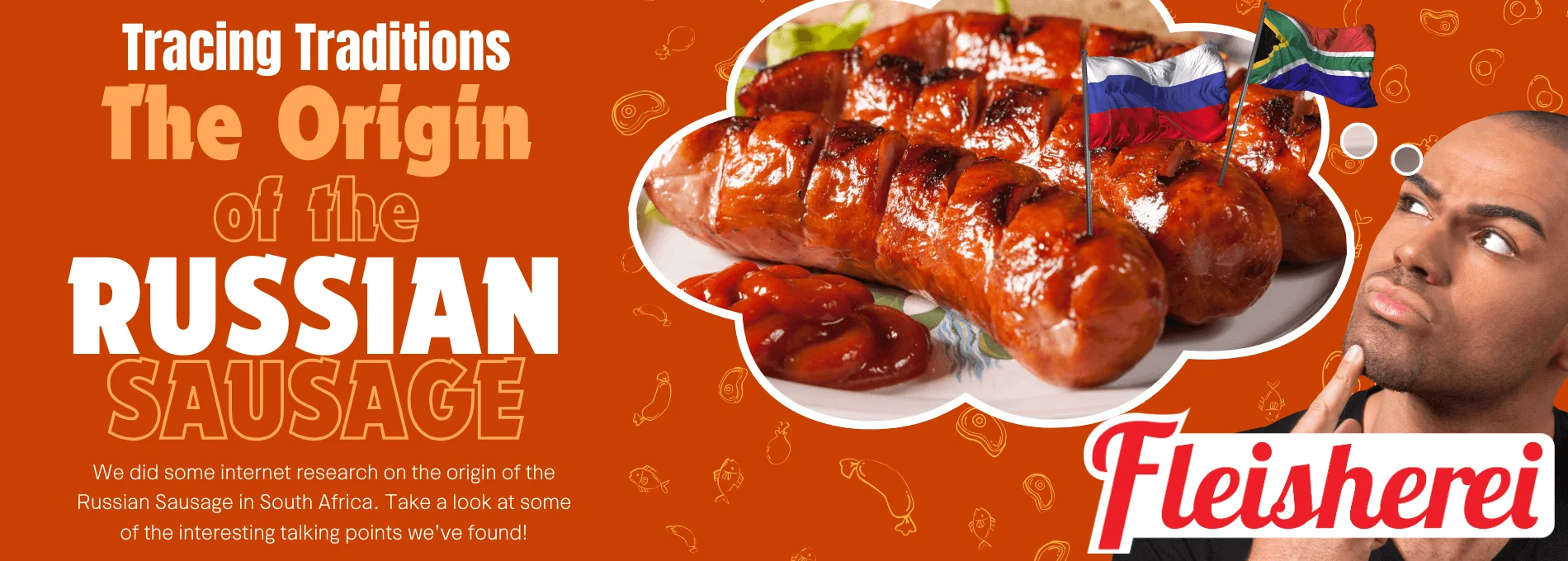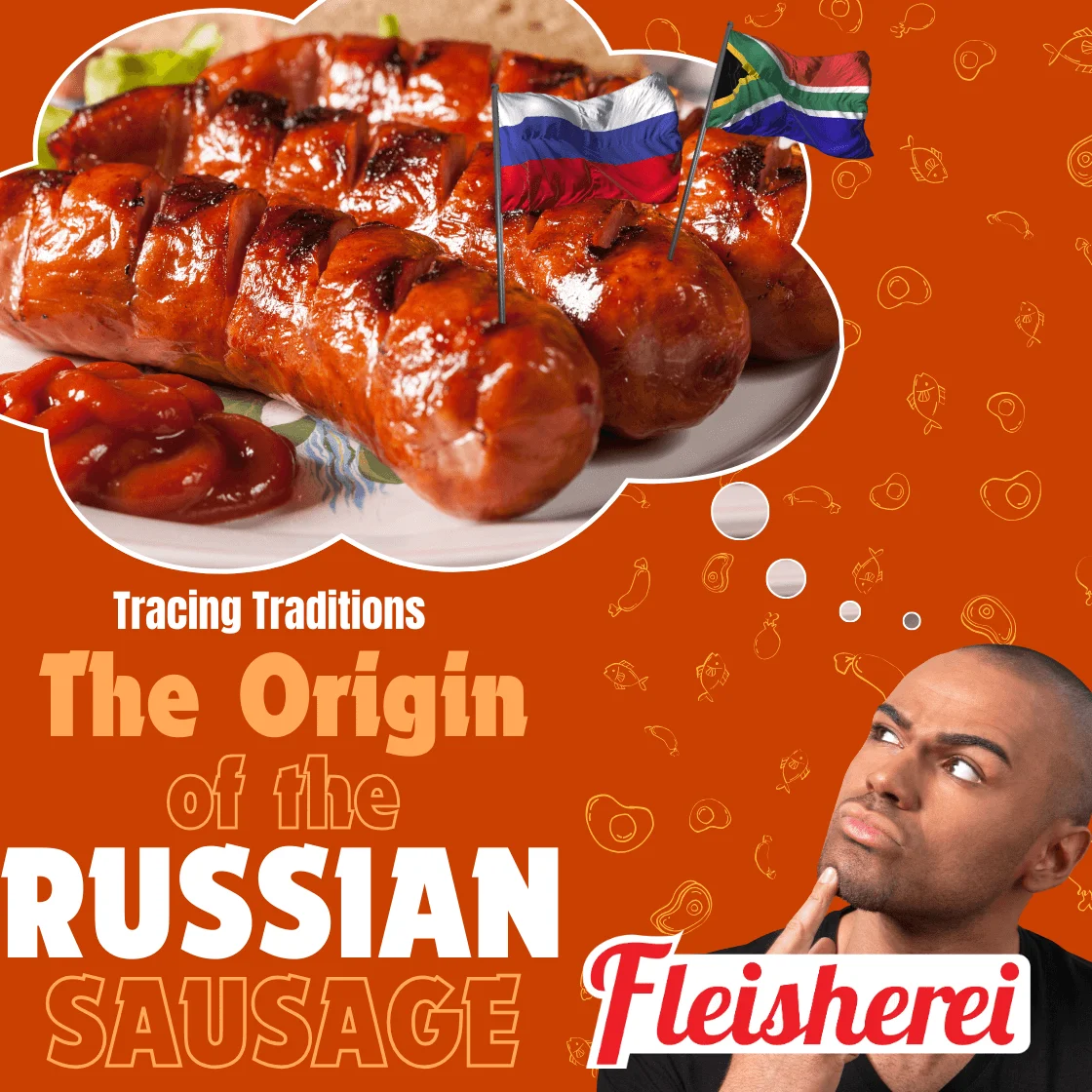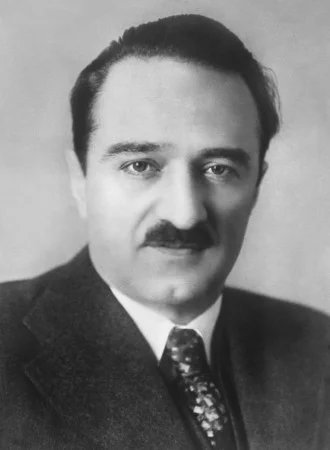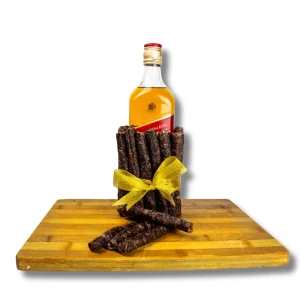

Russian Sausages: The Origin Story
The story of South Africa’s beloved “Russian” sausage begins not on the southern tip of Africa, but across the globe in a time of revolution and innovation. Let’s uncover the historical roots and culinary evolution that have made this sausage a cherished part of South African cuisine.
Origins in Russia: Innovation Amidst Hardship
In 1917, following the upheaval of the Russian Revolution, Anastas Mikoyan embarked on a journey to America in search of inspiration to alleviate food shortages back home. It was during this voyage that he discovered the Bologna sausage, a versatile and hearty creation that sparked his imagination.
Returning to Russia, Mikoyan adapted what he had learned, creating his own version of the sausage—known as Kolbasa in Russian—that would become a staple of Russian cuisine. These sausages were carefully crafted using smoking and curing techniques developed out of necessity, as refrigeration was scarce until much later.

South African Adaptation: Bringing a Taste of Russia to Braais
South Africa, with its own rich history of sausage-making brought over by European settlers, embraced the “Russian” sausage with enthusiasm. Local butchers adapted the Kolbasa into what South Africans now know and love as the “Russian” sausage, incorporating local ingredients and preferences.
Flavor and Technique: A Culinary Fusion
Unlike its Russian counterpart, South African “Russian” sausages often blend pork and beef, creating a distinctive flavor profile loved for its richness and depth. Just like Russian sausages, South African versions are traditionally smoked, enhancing their taste and preserving qualities.
Cultural Significance: From Aristocratic Beginnings to Everyday Enjoyment
Historically, sausages were a delicacy reserved for the aristocracy, demanding the highest quality and flavors. Over time, these culinary delights became more accessible, finding their way onto the tables of everyday South Africans, particularly at social gatherings like braais, where their savory aroma and juicy texture make them a favorite.
Modern Variations: From Classic to Cheesy Delights
In recent years, the “Russian” sausage has evolved further with innovative variations, including cheese-filled renditions that add a creamy surprise to every bite. These modern twists continue to delight South Africans, showcasing the sausage’s adaptability and enduring popularity.
Conclusion: A Taste of Tradition and Innovation
In conclusion, the South African “Russian” sausage is not just a mealtime favorite—it’s a symbol of cultural exchange and culinary ingenuity. From its origins in Russian innovation to its adaptation and evolution in South Africa, this sausage continues to bring people together, celebrating flavors that resonate across generations.
Whether enjoyed at a braai or in a new cheesy incarnation, the “Russian” sausage invites you to savor its rich history and delicious flavors, offering a taste of tradition with every bite.
Celebrate South African culinary heritage with the timeless flavors of the “Russian” sausage—where history and taste collide!
- ONLINE ONLY
-
ONLINE ONLY
- Bakery, Bread and Rolls, Groceries
Hotdog Buns (Pack of 6)
- R17.99/Unit | Sold in Units
- Add to cart
-
ONLINE ONLY
- Sale
- Chicken, Uncle Joe's
Uncle Joe’s Chicken Cheese Griller
-
R89.99Original price was: R89.99.R69.99Current price is: R69.99./kg | Sold in Kg's - Add to cart

-
ONLINE ONLY
- Patties, Wors and Sausages, Pork
Pork Russian
- R60.00/Unit | Sold in Units
- Add to cart
-
ONLINE ONLY
- Chicken, Patties
Chilli Chicken Russians 500G
- R49.99/Unit | Sold in Units
- Add to cart













